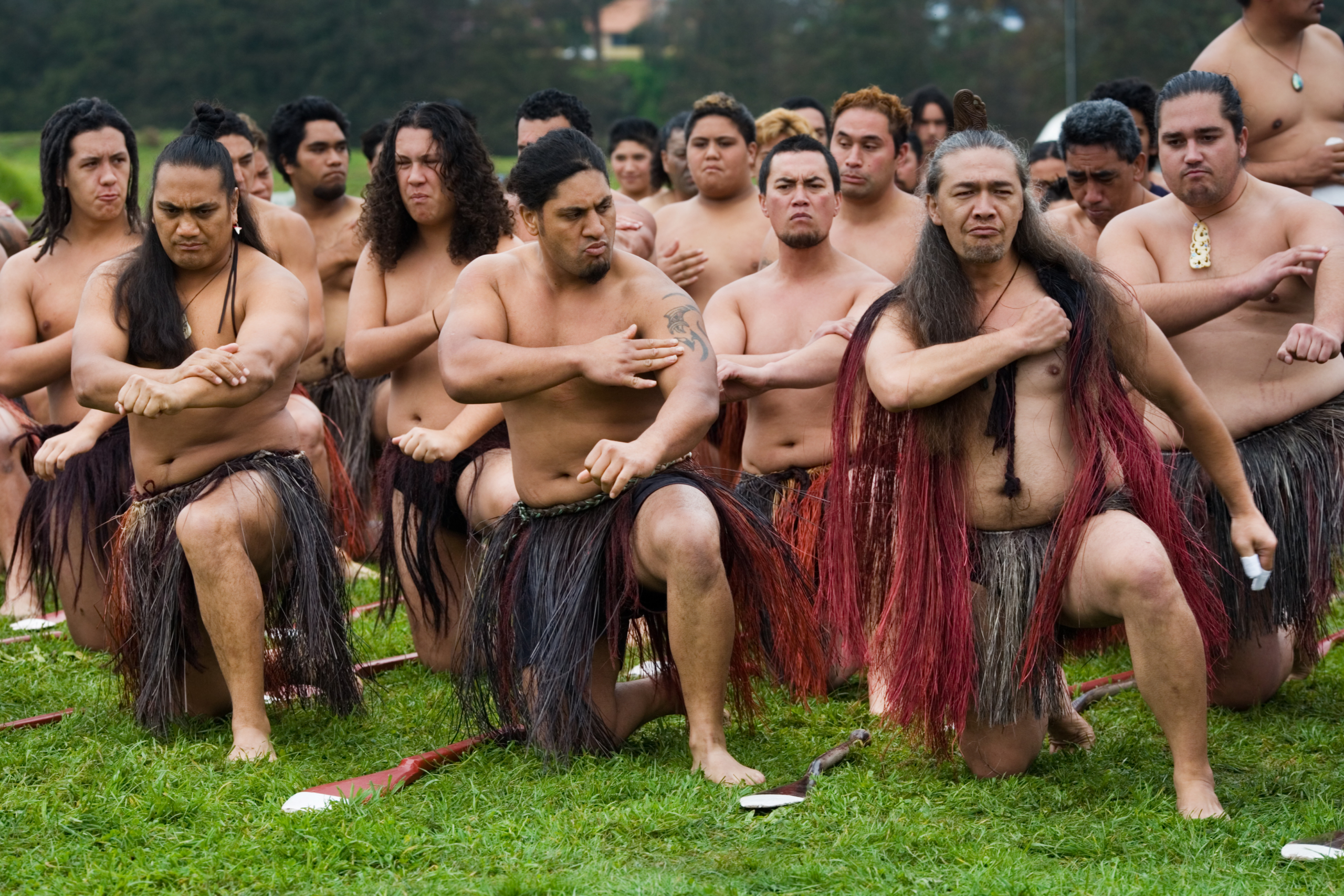Facts About Poverty Among the Māori
 Widely agreed upon as the first settlers of New Zealand, the Māori face disproportionate levels of poverty and other social challenges compared to the population of European descent. As a result, the Māori are victims of racial discrimination, overrepresentation in prison and underrepresentation in education and employment. However, attitudes are changing and measures have been introduced to promote culture and reduce poverty amongst the Māori.
Widely agreed upon as the first settlers of New Zealand, the Māori face disproportionate levels of poverty and other social challenges compared to the population of European descent. As a result, the Māori are victims of racial discrimination, overrepresentation in prison and underrepresentation in education and employment. However, attitudes are changing and measures have been introduced to promote culture and reduce poverty amongst the Māori.
The History of Discrimination and Root of Māori Poverty
Landing approximately between “1200AD and 1300AD,” the first settlers of New Zealand, ancestors of the Māori, established a small hunter-gatherer society known for its rich cultural traditions and expert warfare. Four hundred years later, in 1642, the Europeans reached the southern shores and by 1840, New Zealand fell under British Colonial control. In the same year, the Treaty of Waitangi was signed, determining land ownership rights; however, few Māori had the authority to contribute and distribution was unequal, leaving the Māori with insufficient reserves. The Māori have yet to recover these promised lands. Many argue that “this colonial history and subsequent structural racism has caused high rates of poverty among Māori.”
Māori and Other Races’ Levels of Poverty
While all nationalities face poverty in New Zealand, the rates are not proportionate. This is starkly apparent in recorded child poverty rates, with an average of 10.3% of all children living in households experiencing material hardship. However, rates reach 18.8% for Māori children, almost double the average. The impacts of these inequalities are undeniable, leading to “poorer health, higher death rates,” and overrepresentation in the prison population.
Causes of Poverty
An explanation for ongoing poverty among the Māori is the system of inheritance, whereby each generation is born into the poverty of their parents. Many view poverty as a “generational curse,” as are the words of Māhera Maihi and feel as though they were “rarely a priority for [their] parents.” Another explanation is that Maori face discrimination in all areas of life.
However, its occurrence in the workplace severely impacts an individual’s or family’s economic situation. Whether discrimination prevents one from acquiring a job or within the job itself, impacts on economic attainment are undeniable. The good news is that this issue is being addressed. The unemployment rate for Māori is now 5.5%, down from 7.8% in 2021-22. However, there is still much room for improvement as the unemployment rate among Europeans, including first and subsequent generations, has remained low at 2.8% in 2023.
Effects of Poverty
The impact of poverty on the Maori community extends far beyond economic constraints, delving into critical aspects of health, education and even crime rates. Numerous studies have underscored a clear and “documented association between experienced racial discrimination and poor health.” Those “growing up in poverty have two to three times worth of health outcomes” compared to those who did not, including both “higher rates of infection and trauma.”
Education, often hailed as a pathway to breaking the cycle of poverty, becomes an uphill struggle for Maori students. They “spend less time in the education system and do less well in it than non-Māori students as a group.” This disparity persists throughout the early and later years of education but becomes even more pronounced in higher education. Despite comprising 17.3% of the population, Māori representation in universities is only 13%, reflecting the systemic barriers hindering community educational attainment.
The effects of poverty among the Maori are not confined to health and education; they spill over into the realm of crime. Alarming statistics reveal that Maori individuals, burdened by poverty, make up a disproportionately high percentage of crime victims. They represent 37% of crime victims, with an incident rate of 61.89 offenses for every 100 adults, despite constituting only 17% of the population.
This overrepresentation is particularly pronounced among Maori women, who face an incidence rate of 59 offenses per 100 adults. The repercussions of poverty are glaringly evident within the criminal justice system, with Maori individuals comprising 50% of all persons in prisons. This disturbing statistic is compounded by the fact that Maori women constitute around 60% of the female prison population.
What Is Being Done
Although the challenges posed by poverty among the Māori people are considerable, measures are being implemented to overcome these. A “Whanau-centred program has had a positive effect in reducing child poverty among Māori,” demonstrating how progress occurs when it is compatible with the culture and community framework. Furthermore, there are plans to not only “deliver more housing, but [also] placing a huge focus on repairs of Māori-owned homes to increase the standard of living for Māori.” Around $30 million will be allocated to ensure these plans succeed, aiming to provide 1000 homes.
To achieve long-term, conscious progress, it is paramount that this change is not just legislative or economic but also a change of attitudes. The Māori have faced centuries of racial discrimination, which has seen an erasure of their culture from the local environment. When New Zealand was colonized, British imports replaced original place names. However, some original place names have recently been honored alongside the English. There has been an increase in the “revitalization of Te Reo Māori” in the last few years and with it comes an increasing appreciation and respect for Māori culture.
Conclusion
Having faced centuries of discrimination, the Māori are disproportionately affected by poverty. These impacts span all areas of life and prove nearly impossible to break away from. Although the threat of poverty is considerable, there has been an increased effort in recent years to reduce this suffering.
– Chloe Thomas
Photo: Wikimedia Commons
